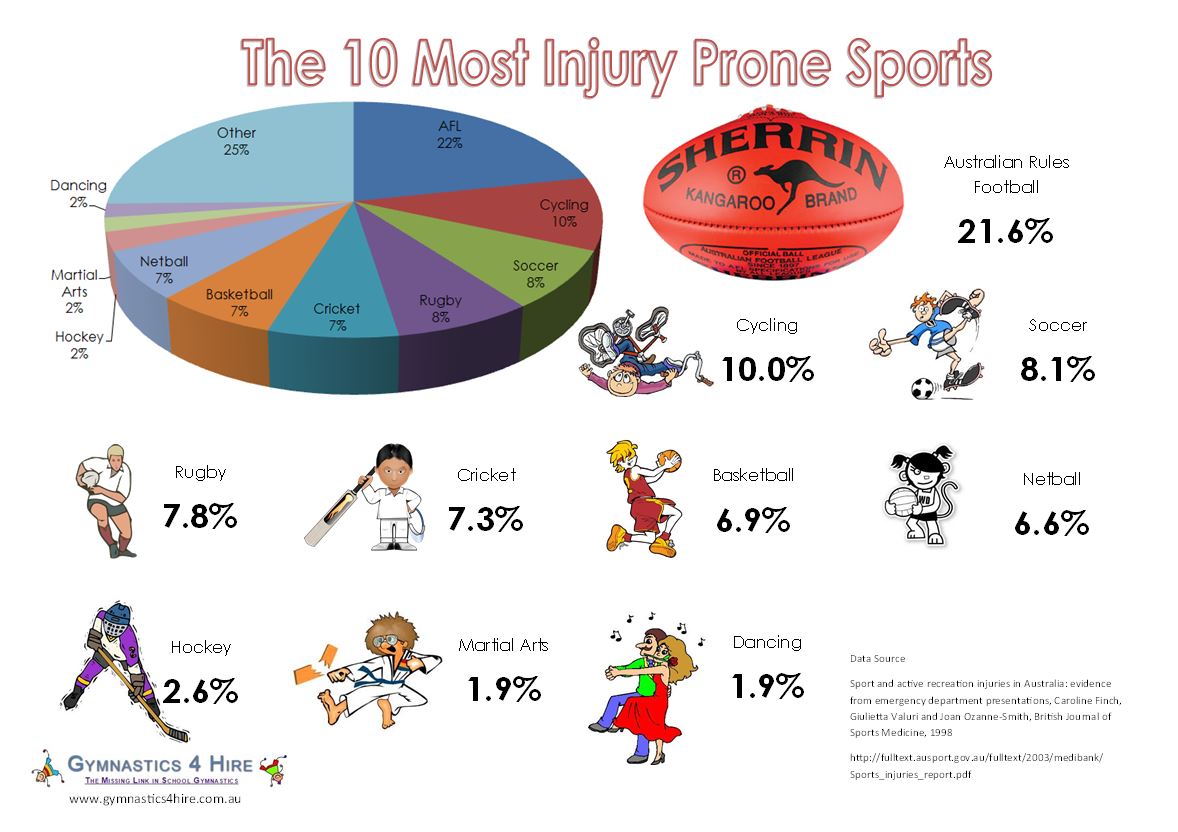Reduce the risk of playground injuries with Gymnastics
What is Gymnastics?
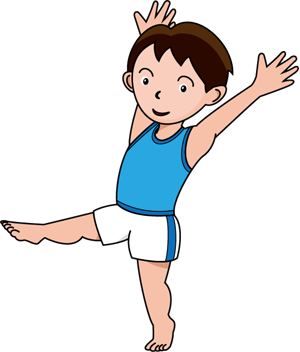
Most of us have been trained to think of gymnastics as some scary sport where people do amazing crazy looking skills, and try to land on their feet (just like the video to the left). That's a small part of it, but gymnastics is so much more.
Gymnastics is simply about controlling your own body. The adjective 'gymnastic' is defined as 'of or pertaining to physical exercises that develop and demonstrate strength, balance, and agility' by dictionary.com, and as a noun the Oxford Dictionary defines gymnastics as 'Exercises developing or displaying physical agility and coordination'.
By definition, gymnastics is something that we have all been doing since the day we were born. A skill as simple as walking could be defined as gymnastics as it involves balance (so you don't fall on your face), and strength (so your legs don't buckle). Watch a young child developing the skill of walking for the first time, they are learning gymnastics!
Gymnastics is the foundation of all Sports
The following text is copied verbatim from http://www.olympicagymnastics.com/foundation.asp
Gymnastics is the foundation of all sports. This is true whether it be traditional sports or the newer "extreme sports." Training in gymnastics leads to a more well-rounded athlete, and those with a background in gymnastics naturally excel in other sports. The following sections outline the benefits of gymnastics training.
Strength
Developing an optimum level of strength will make all athletes better at their discipline. The sport of gymnastics is responsible for developing some of the strongest and most agile athletes in the world! Men AND women alike!
Flexibility
Too many athletes overlook the importance of flexibility in relation to their particular sport. Gymnasts cannot afford to do so, as every event hinges on this ability. Those athletes who do recognize the benefits of a flexible body have a true edge over the competition.
Spatial Awareness
Gymnastics teaches the fundamentals of spatial awareness that apply to ALL sports, including and especially skateboarding, snowboarding, and other extreme sports. Being aware of how your body is moving and where it is in relation to the ground is crucial, and is the key to preventing injury.
Technique
Because of gymnastics' great variety of skills, its techniques can be found in many other sports.
Form
Gymnastics places an enormous emphasis on developing perfect form and balance in every aspect of the sport. These elements are also vital to a number of other activities such as cheerleading, dance, and the martial arts.
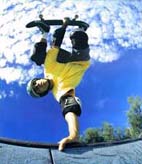

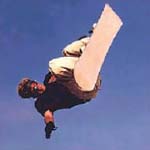
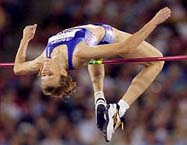
Gymnastics is not dangerous to teach!
| Australian Rules Football | 21.6% |
| Cycling | 10% |
| Soccer | 8.1% |
| Rugby Union / League | 7.8% |
| Cricket | 7.3% |
| Basketball | 6.9% |
| Netball | 6.6% |
| Hockey | 2.6% |
| Martial Arts | 1.9% |
| Dancing | 1.9% |
Sport and active recreation injuries in Australia: evidence from emergency department presentations , Caroline Finch, Giulietta Valuri and Joan Ozanne-Smith, British Journal of Sports Medicine, 1998.
Gymnastics is only as safe as the skills you choose to teach your students. If you choose to try and teach advanced skills, then yes, you could be heading for injuries. We can, however, have a lot of fun with some very safe, basic skills, that practically anyone can teach.
Statistically speaking, Gymnastics is one of the safest sports. Have a look at the data on the left for yourself.
There are a number of commercial entities in Australia whom purport to be the 'leading in-school gymnastics provider'. I am not going to get into the pros and cons of each company (I worked for one of them for 11 years), but what they all have in common is that they all charge lots of money to come into the school to run your classes for you, on the premise that you believe that you need specialist training to teach gymnastics.
Did you need to visit a gymnastics center to learn to walk for the first time?
Do you need to go and do an AFL coaching course to teach AFL?
Do you need to go and do a netball coaching course to teach netball?
You are a qualified, registered P.E. teacher. Gymnastics is just about controlling your body. Working with students to help them control their bodies better is not that hard! Spending time in P.E. to cover some basic gymnastics skills and dominant movement patterns (landings, statics, rotation, swing, spring, locomotion) will help your students be stronger, improve their balance, and improve their spatial awareness. Spend some time teaching them to fall safely. All this means that you are going to reduce the overall risk of injury in your school, rather than increase it.
Equipment and what to teach (Curriculum)
For the level of skills that you would be teaching to school students, you can get by with little to no equipment at all, however the students will get a lot more out of the sessions and be more engaged with some equipment. By utilizing equipment you can increase the amount of content in your sessions.
Can we help you?
Gymnastics 4 Hire's primary mission is to work with schools to help them run safe, engaging gymnastics programs. We do this through equipment hire (so you don't waste a lot of money buying stuff that will sit in your storeroom taking up space for most of the year), online resources, and onsite consultancy / training (we have been teaching gymnastics classes onsite in schools for over 10 years). We want to give you the benefit of over 10 years of experience of running gymnastics classes in schools.
Our main goal is different to providers whom you would outsource a gymnastics program to (TriSkills, Activated Group, Kidskills, etc...). They want to come in and run the classes for you. We want to provide the tools to enable you to run the classes yourself. (Although we can run classes for you too).
State associations (Gymnastics VIC, Gymnastics NSW, Gymnastics WA, Gymnastics QLD, Gymnastics TAS, Gymnastics SA) can provide specialist training (coaches courses, professional development, resources) however for the most part they have not been on the ground actually teaching the students in the schools. This is virtually the same as being at university learning about teaching vs. being in a school teaching.
To go to a local club you will need not only what the club charges for the session, but the bus fares to get there. A local club should have a very good understanding of how to teach gymnastics skills, but may have a very limited understanding of the curriculum.


